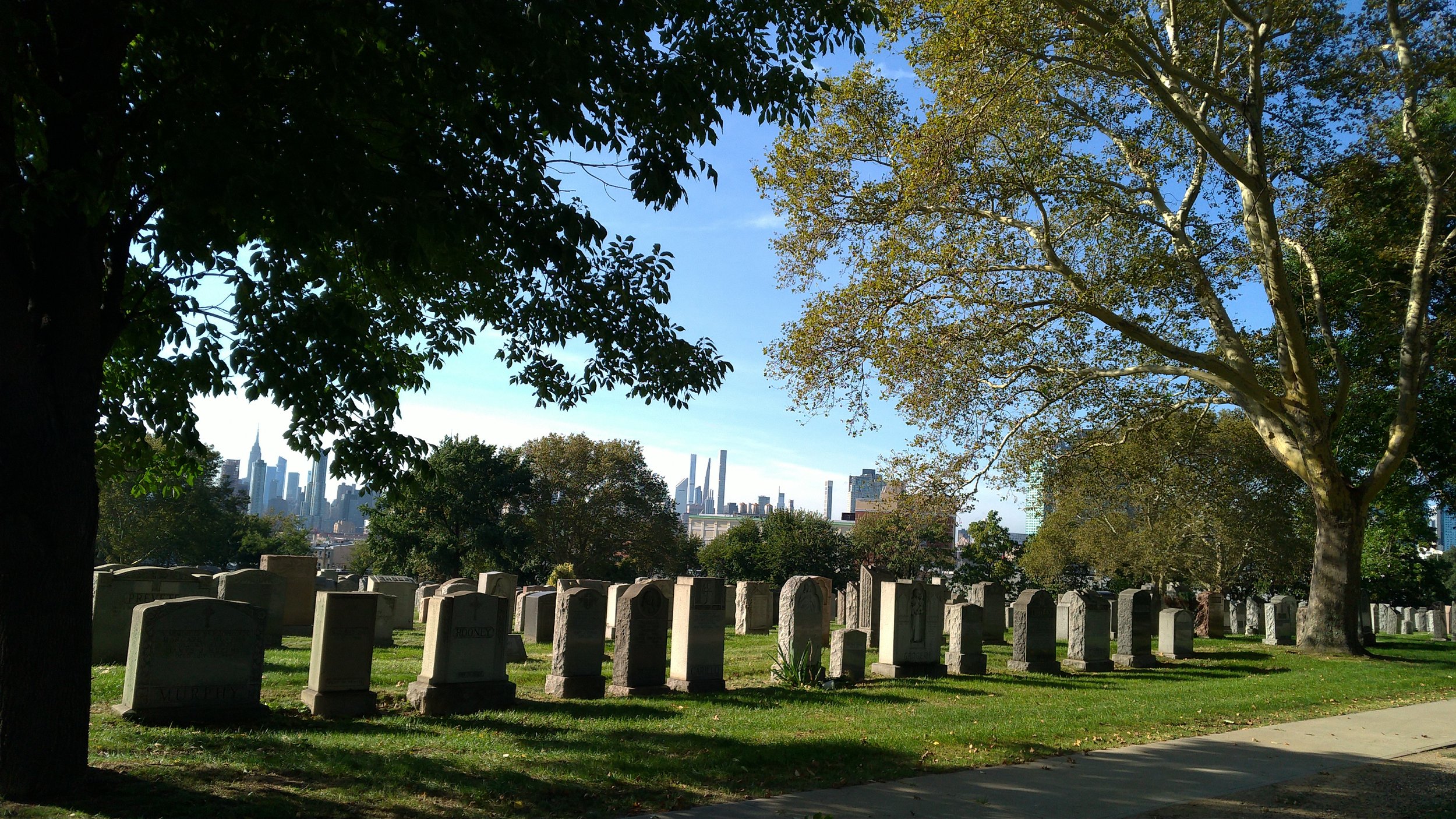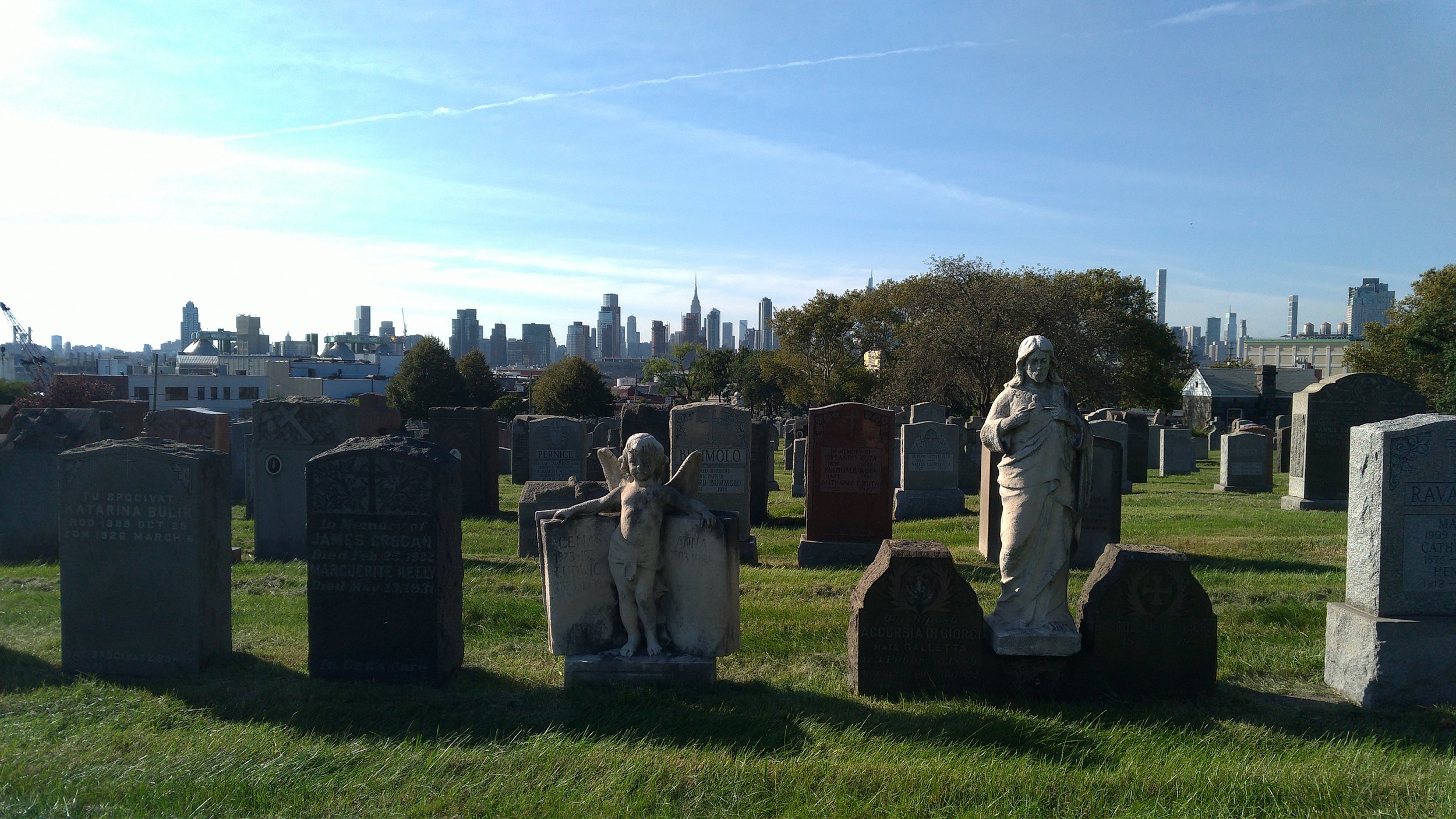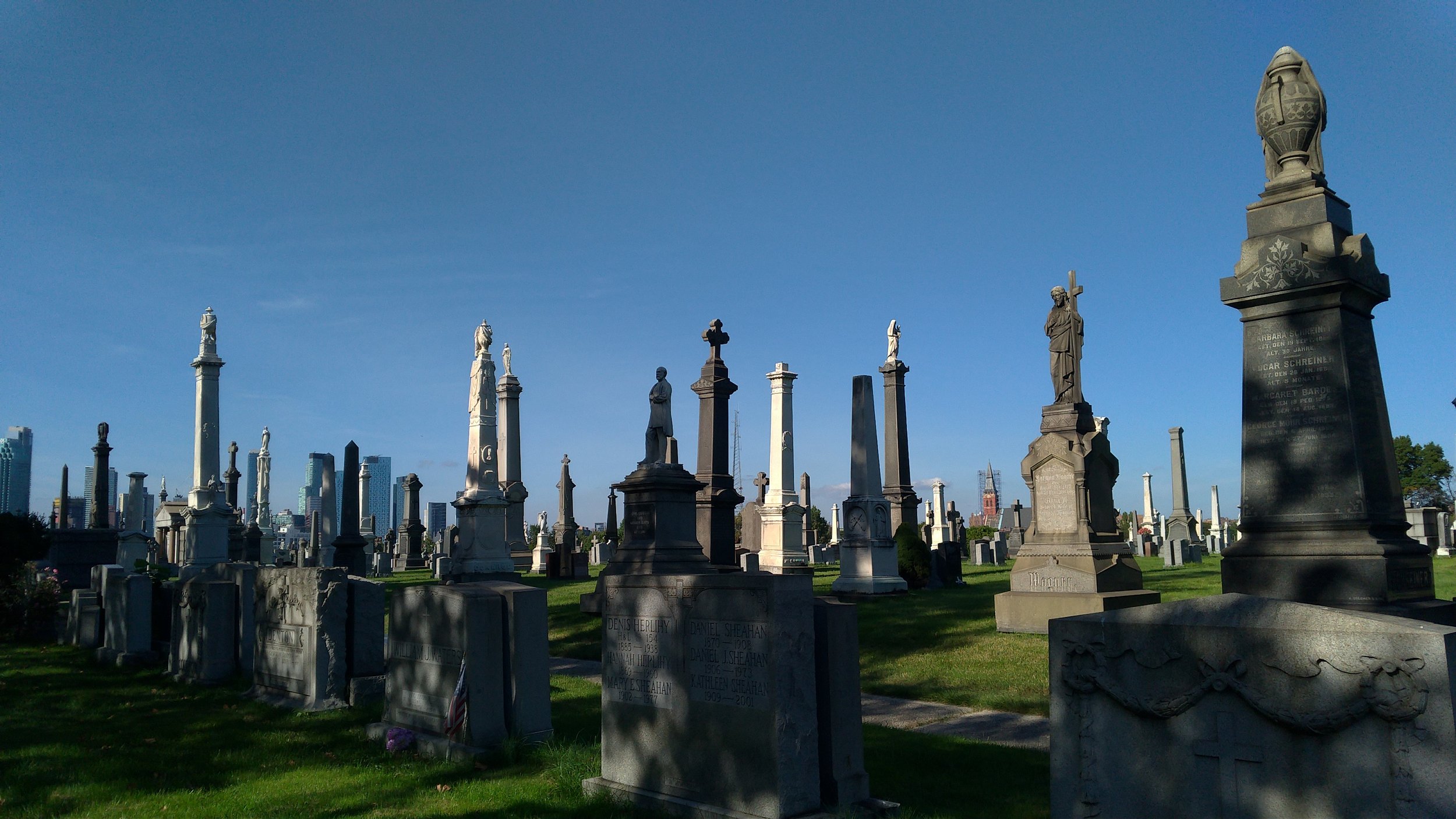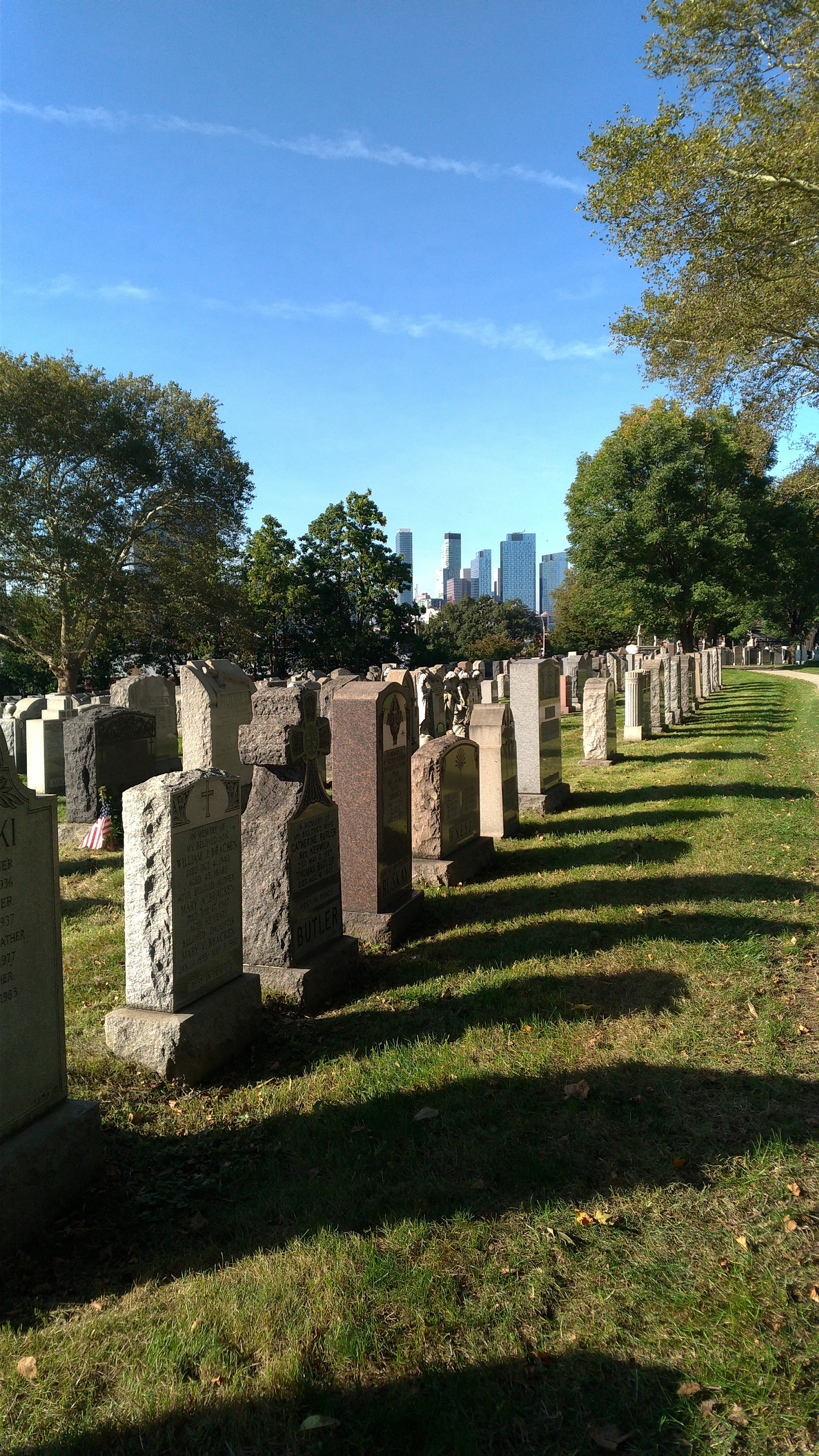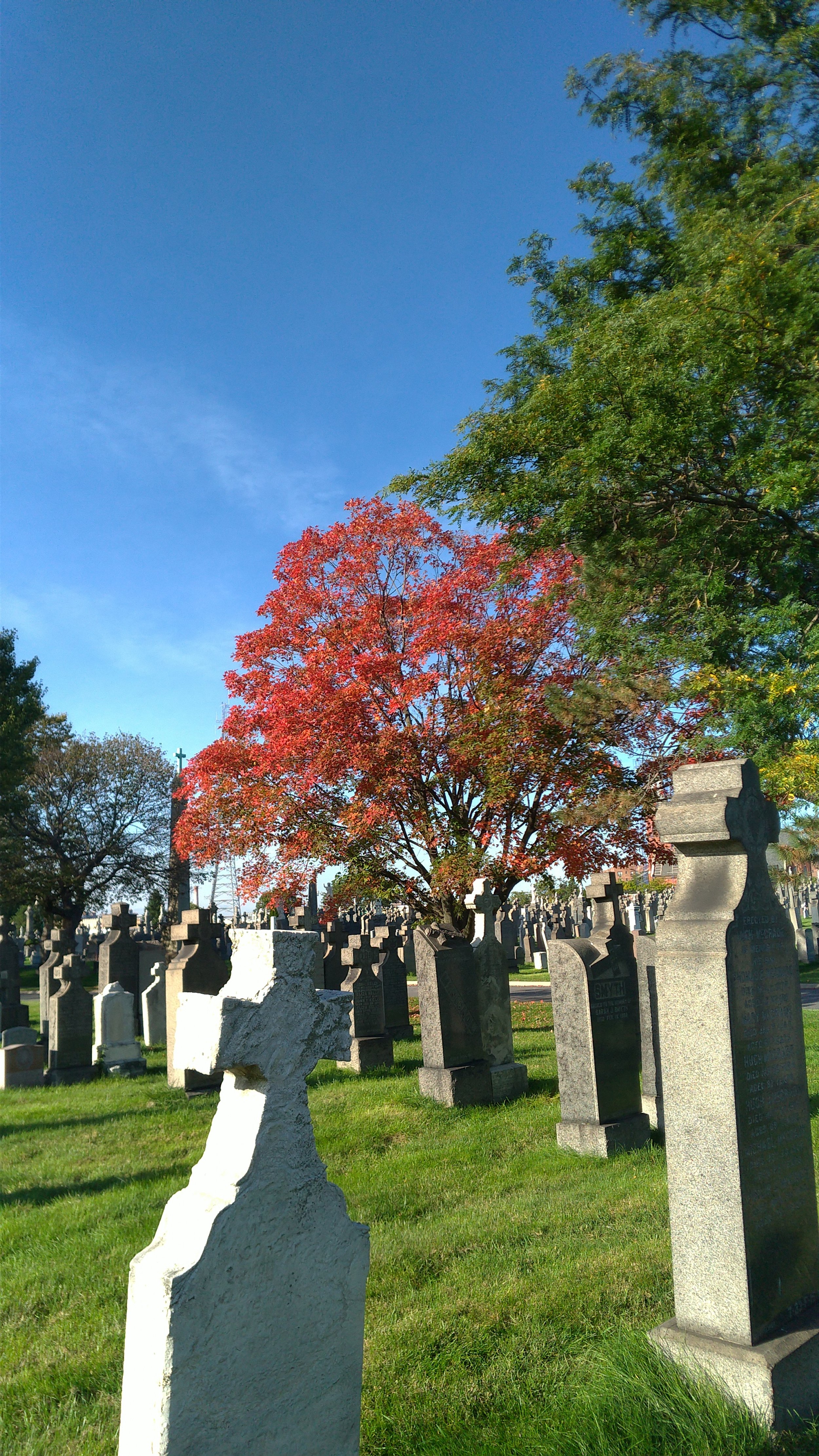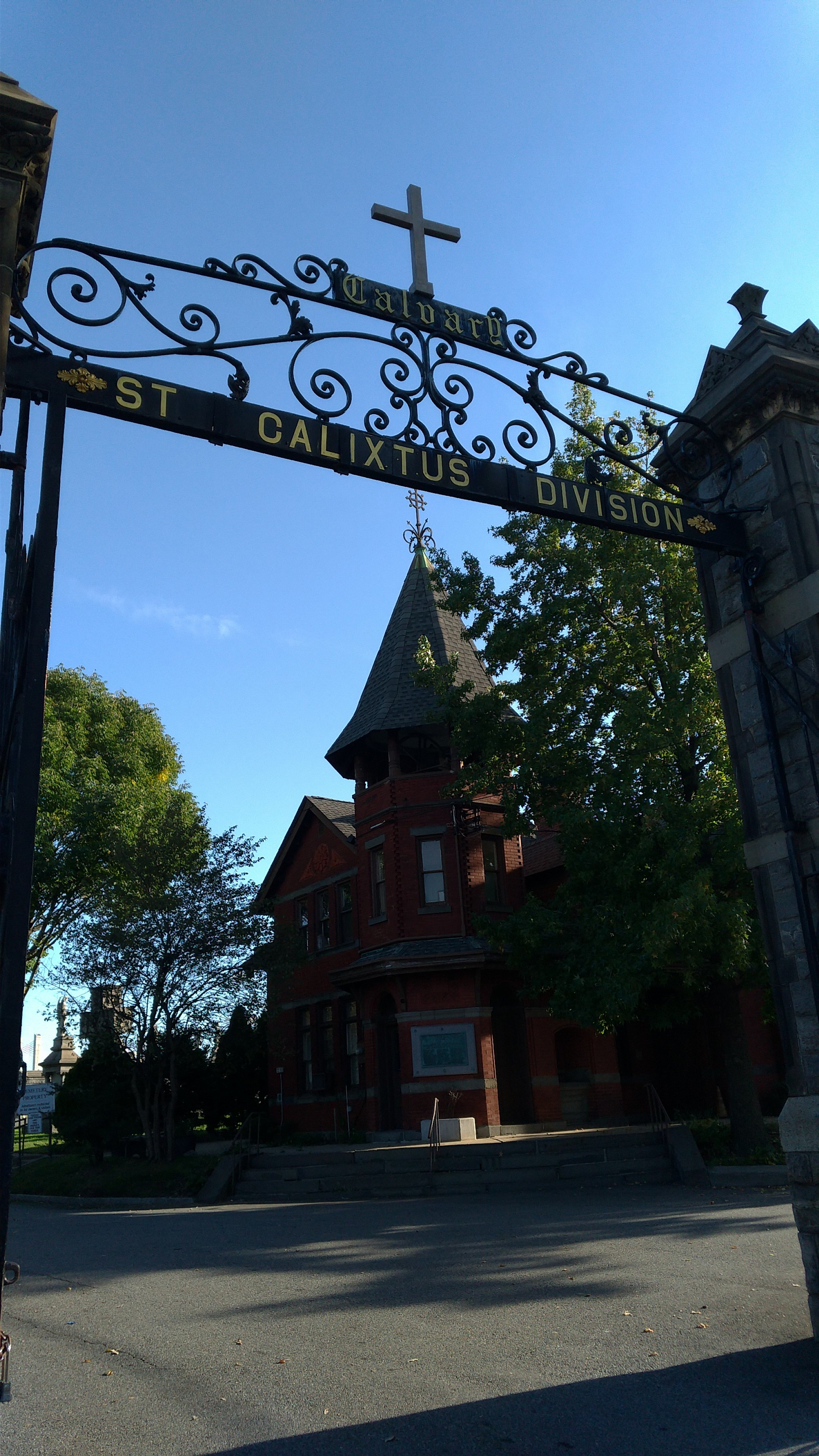The chill has by now started to make your ears feel tingly; a few solitary crickets are left here and there singing away; the light has changed and surprises you: the autumn detector is infallible. Once again, the season of the year (and with it the holiday) has arrived, marking the theatrical release of yet another splatter film. Upon encountering the first pumpkin, this year I try to go beyond enjoying the orange-color decorations and to peel the layers that, like dry leaves, pile up on the origins of Halloween (a holiday considered until recently “Western” but which for the past few years has been celebrated alright in Greece as well).
Digging below the surface of the established symbols, I turn to the place (metaphorical but also literal) toward which point the gigantic spiders and the skeletons: to the cycle of nature and life, and therefore to death and to the avenues available toward the sphere of the dead. Instead of marveling at the passion with which New York households devote effort and money to turning into “cemeteries” even the tiniest gardens -often just flower boxes since this is the closest they have available in terms of “garden” due to lack of space- by planting fake tombstones and other accessories, I decide to visit a real cemetery.
And yet today's decision has way deeper roots. The very first image I remember from the first time I came to NYC (in February 2005) is the endless cemeteries on the way from Queens to Manhattan. After our virgin crossing of the Atlantic, we were headed on the Olympic Airways van from JFK to midtown. And while in the background the skyline of the Big Apple was already forming -with a heavy cloud installed on top of Gotham City and sucking in it the skyscrapers-, my attention was drawn to the landscape on either side of the highway: vast expanses with dark dots were stretching as far as your eye could see. I will never forget the instant I realized that the dots were graves. While you approach with thirst and you can't hold back your enthusiasm that so many little boxes, shapes, icons -the Empire State Building, the Chrysler, the bridges- gradually become bigger, clearer and more tangible as the vehicle races toward the mythical metropolis, right and left the hills with the dots whisper to you “memento mori”.
Return to the present: after a quick look at the map, I pick one of Queens' cemeteries and embark. I cross the cast-iron gate of Calvary Cemetery and, against what one would expect inside a cemetery, my gaze is driven up high: exquisite neoclassical marble stelae rise in the crystal-clear October light, unadorned, perhaps only with a cross on the top, or supplying a several meters high pedestal to grieving angels and tender mothers that lean over their babies. I walk uphill under trees that have just started to turn red, while fallen fruits break with a cracking sound under my footsteps. The “upper neighborhood” is dominated by mausoleums with pediments, pillars and busts.
Upon turning at the top of the hill, I encounter rows of low vertical gravestones stretching on a great slope until they meet the Manhattan skyline in the horizon. The city of those who have fallen asleep, in double-exposure with the skyscrapers in the background, makes the “city that never sleeps” seem fake, mere decor. As if in a geometry game, the glass towers of the backdrop rise among the tombstones of the foreground. I rediscover the image that had been engraved in my memory; eighteen and a half years later, I finally approached the dots I had then seen fly by the window. And, while the flashback scene was blurred from the rainy winter evening, today's visit to the place of repose unfolds under an exceptionably warm autumn sun. The dive into “memento mori” has the flavor of the sweetest clear afternoon ever.
The place is literally one “of green pasture” - the tombstones pop up in perfect lines through the well-tended grass. I wander stepping with awareness on the ground. Maloney, Kelly, Kennedy; Napolitano, Cardinale, Visconti. This is a Catholic cemetery, the names are in their vast majority Irish and Italian (I subsequently learned that scenes from the “Godfather” were shot here); the graves are old - some of these people died in the 19th century. I quickly do the math and develop scenarios - all you need is just one name and two dates (birth and death) to instantly give birth to innumerable stories, particularly in light of immigration. (Did that Napolitano ever make it to Naples? How far back does his Italian root go? Or maybe he was born there himself and immigrated to America? And those Kennedys, were they by any chance related to the dynasty? Did they, too, like so many others, come here because of the Irish Potato Famine?)
Like Hansel and Gretel, I go from “breadcrumb” to “breadcrumb”, from stone to stone, from name to name, looking for the thread of narration, which is impossible to sever from earthly life.
I walk downhill toward the exit. The shadows are enormous by now, but the sun is still shining. I leave the gate behind me. Open.
This essay first appeared in Greek in HellasJournal.com on November 24, 2023.
Το κείμενο αυτό πρωτοδημοσιεύτηκε στο HellasJournal.com στις 24 Νοεμβρίου 2023.
Για να διαβάσετε το ελληνικό κείμενο, κάντε κλικ εδώ.

